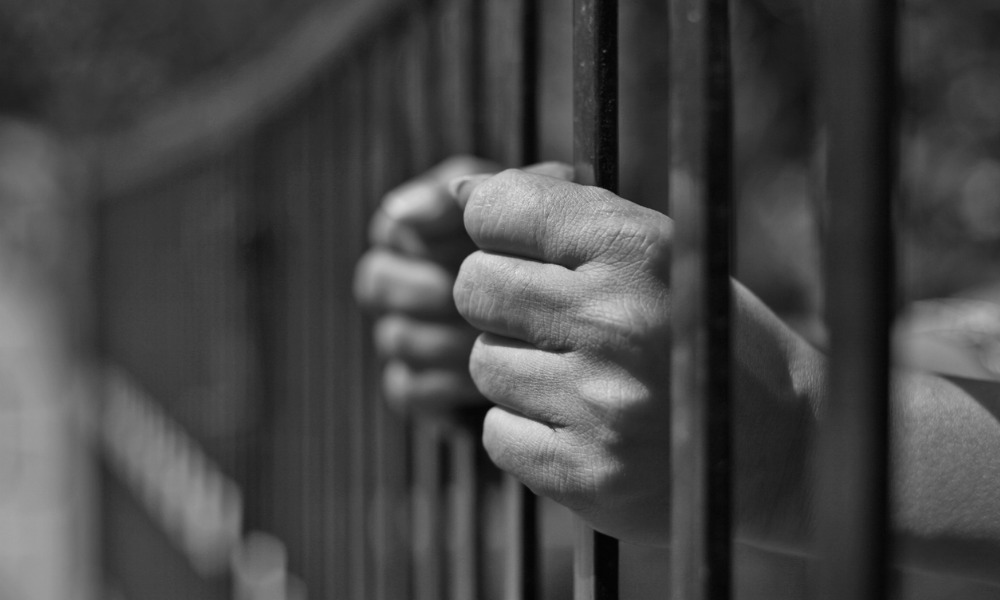
Canadian Prison Law Association, Canadian Civil Liberties Association also included

In a recent case, the Ontario Court of Appeal held that each proposed intervener was a well-established and reputable organization, had special knowledge and expertise, planned to make a useful contribution, and met the threshold for intervention.
The appellants filed an application under Ontario’s Habeas Corpus Act, 1990 and under certain provisions of the Canadian Charter of Rights and Freedoms. They sought a writ of habeas corpus ad subjiciendum, with certiorari in aid if necessary, and orders for their transfer to minimum-security institutions unless their continued detention in a medium-security institution was shown to be justified.
The application judge denied the applications. The judge found that habeas corpus was unavailable because the refusal of the request for the appellants’ transfer to a lower-security institution did not amount to a deprivation of their liberty.
The Ontario Court of Appeal upheld the status of the John Howard Society of Canada (JHSC) as an added party. With the appellants’ consent, the Canadian Civil Liberties Association (CCLA), the Black Legal Action Centre (BLAC), the Canadian Association of Elizabeth Fry Societies (CAEFS), and the Canadian Prison Law Association (CPLA) asked for leave to intervene as friends of the court.
Interveners well-positioned to help
In Dorsey v. Canada (Attorney General), 2023 ONCA 64, the Ontario Court of Appeal granted each proposed intervener’s motion for intervention. The appellate court found that each motion met the criteria for granting intervention.
First, the appellate court ruled that the nature of the case supported allowing intervention. The issue in the appeal was whether refusing to transfer the appellants to a lower-security institution constituted a deprivation of liberty such that habeas corpus was available. This issue had constitutional and public importance and transcended the immediate parties, the court said.
Second, regarding the criterion of useful contribution, the appellate court found the four proposed interveners well-positioned to assist it. Each of them proposed submissions that gave a distinct perspective on the issue and that did not duplicate the appellants’ submissions.
The CCLA would assert that, whenever the state made a decision about the manner of a prisoner’s confinement that led to confinement in conditions substantially more restrictive than the least restrictive option available, there was a deprivation of liberty that was sufficient to trigger habeas corpus review.
The BLAC, which would focus on the impacts of denying habeas corpus review on Black inmates through the lens of substantive equality and s. 15 Charter values, would argue that these constitutional values should inform the analysis of the availability of habeas corpus.
The CAEFS, which would highlight the unique deprivations of liberty experienced by women and gender-diverse inmates, would contend that the court should consider substantive equality as a factor in deciding whether a particular continuing deprivation of liberty would attract Charter protection.
The CPLA, which would discuss the history of institutional resistance to the least restrictive principle within the Correctional Service of Canada, would contrast the constitutional and statutory protection of the liberty interests at stake in transfer decisions and would explain why such interests might be disregarded.
Third, the Court of Appeal determined that the positions of the proposed interveners would not be unjust to the parties since these positions did not inappropriately weigh on the appeal’s actual merits.
Lastly, the appellate court tackled the terms of intervention as follows: